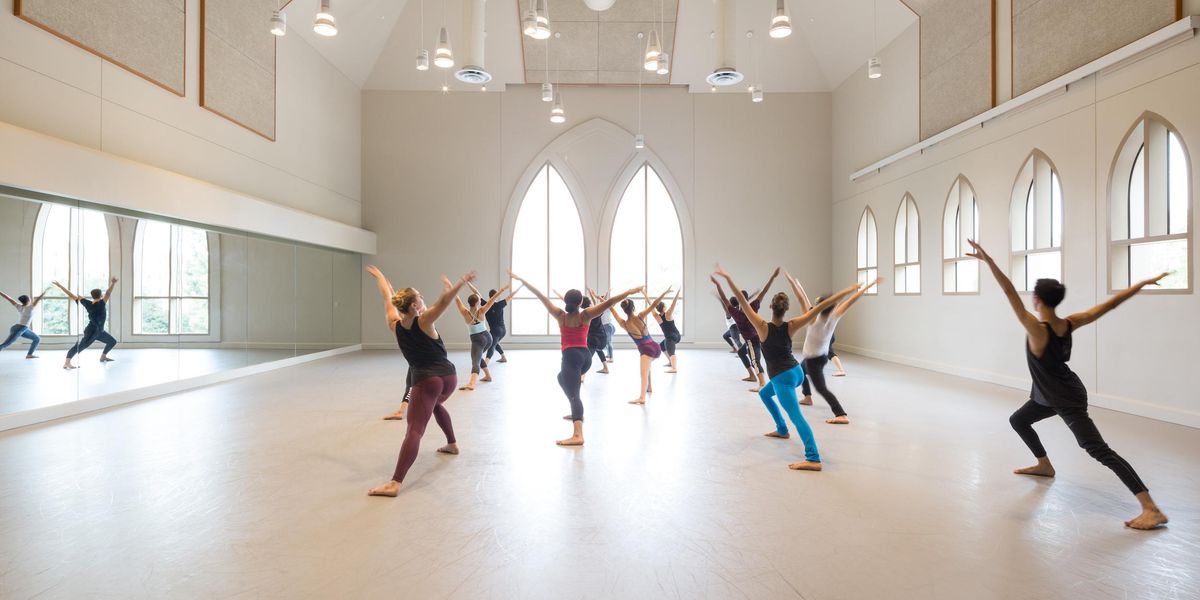Matthew Bourne's "Sleeping Beauty"
Sadler’s Wells, London
Dec. 4, 2012–Jan. 26, 2013
Performance reviewed: Dec. 7
You don’t expect vampires, eroticism and wailing puppets when you go to see The Sleeping Beauty. But Matthew Bourne seldom does what anyone expects. By treating classical ballet with irreverance but no disrespect, he has made it both accessible and enjoyable to a broad non-dance public.
His predominantly all-male Swan Lake and wacky Victorian Nutcracker have brought him international success, but his new Sleeping Beauty won’t enhance his reputation much further. Deliberately rejecting the delicate atmosphere of the familiar narrative, he has reinvented it to suit the cruder, more violent taste of today’s audience.
The longest, slowest, and sweetest of the Tchaikovsky ballets has become a two-hour “Gothic fairy tale” dominated by men. Bourne pits Carabosse’s scheming son, Caradoc, against Aurora’s true love, a royal gamekeeper named Leo, and places Count Lilac in charge of a quintet of darkly glittering fairies, who include Ardor and Tantrum.
The company of Matthew Bourne’s
Sleeping Beauty, with Hannah Vassallo as Aurora, aloft. All photos by Simon Annand, courtesy New Adventures.
Already involved with Leo when we first meet her, Aurora passes from hand to hand, that is, from man to man. Having seduced her, sent her to sleep with the thorn of a black rose and locked her up, Caradoc plans to marry her once Leo has obligingly kissed her awake. Instead, Count Lilac intervenes, murdering Caradoc while Leo hauls Aurora out of harm’s way and back to her senses.
Collaborating closely with his brilliant designer, Lez Brotherston, Bourne has reimagined the ballet’s era and setting as well as its characters. Born in 1890, the year of the original Beauty’s premiere, Aurora celebrates her 21st birthday in 1911, amid carefree tennis-players and indolent friends. Escaping the dreamworld of her enchanted sleep in 2011—projections indicate that intermission lasts “one hundred years”—she resembles a sleepwalking ghost when she appears, just “last night,” for her wedding to Caradoc in a neon-lit nightclub.
You can recognize the old ballet in this chilling fantasy only if you’re already familiar with it. For most people, however, a feisty princess struggling between one man’s soothing tenderness and another’s brooding sensuality will prove entertaining enough.
A string of Tchaikovsky’s greatest tunes, chopped from the ballet’s score, stitched together anew and then recorded, lends the action a bit of grandeur. Several squalling crawling babies, jointed dolls manipulated by invisible handlers, produce a few gentle laughs. Count Lilac supplies a grisly note of horror, biting into Leo’s neck to keep him young and fresh until Carabosse’s curse expires, and the supporting players flip from sunlit Edwardian innocence to steamy modern depravity with considerable panache.
The company of Matthew Bourne’s
Sleeping Beauty, with Christopher Marney as Count Lilac.
As ever, Bourne’s strength lies in imaginative stagecraft rather than expressive choreography. Aurora’s friends and enemies swirl around her in shapely arcs and threatening lines, posing frequently in tableaux that sharpen the dramatic focus. But the set pieces—the characterizing solos, romantic pas de deux and sweeping ensembles—blend into an endless jumble of jittering steps and arabesque pirouettes repeated to the point of exhaustion. Though the dedicated company dances with slick precision, Brotherston’s designs overwhelm their effort and effectively steal the show.
Pictured at top: Hannah Vassallo as Aurora.




